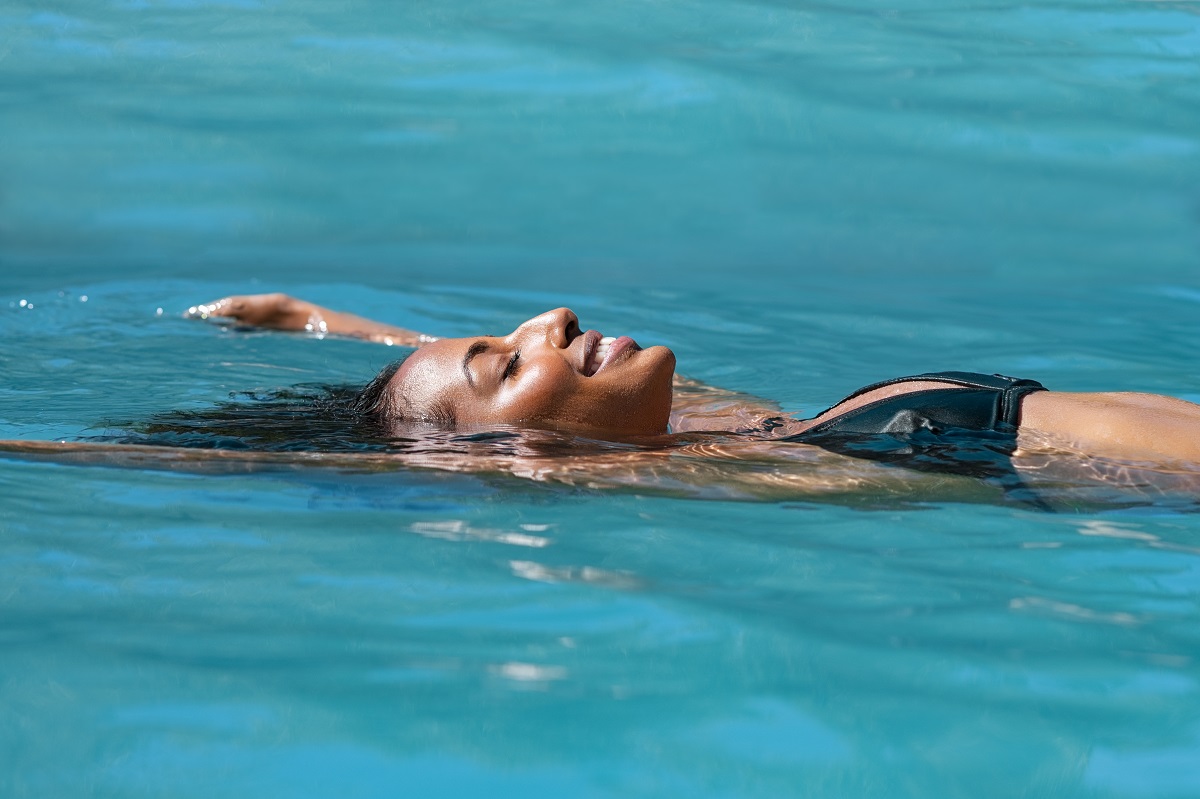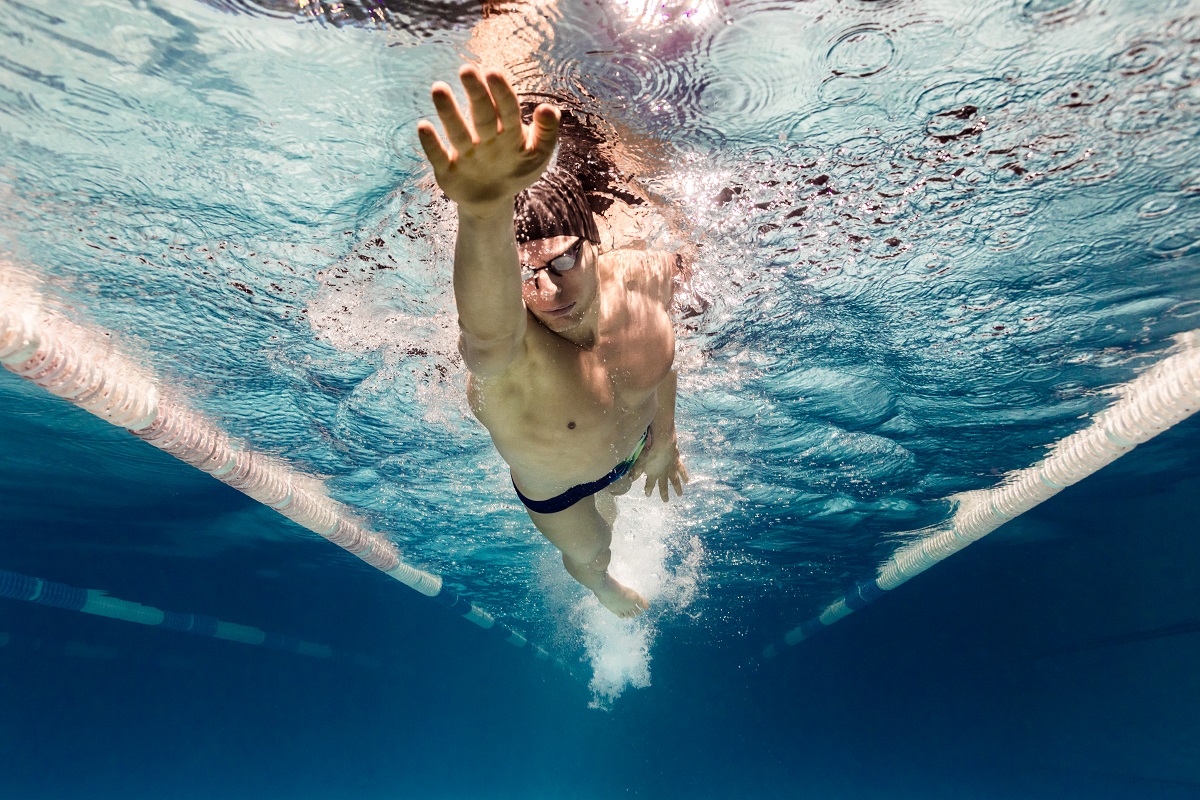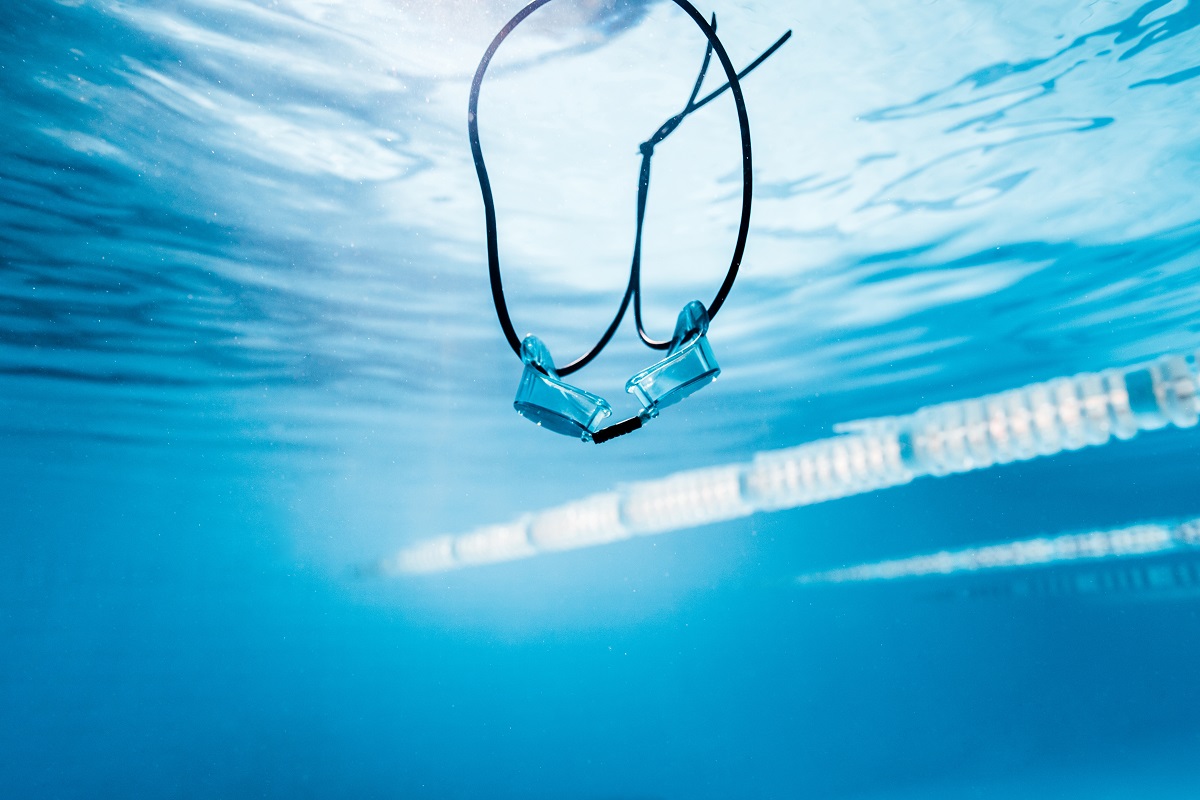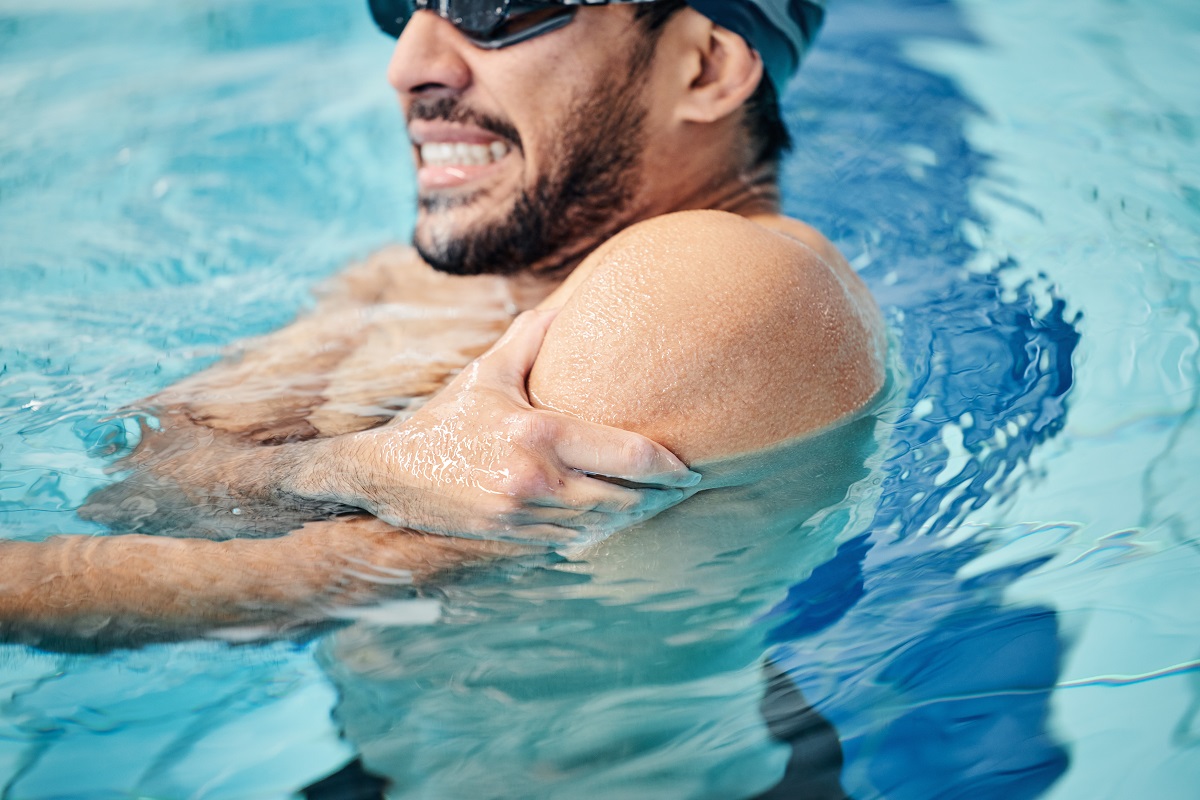Swimming is a universally loved activity that caters to people of all ages. With its impressive physical and mental health benefits and the pure joy it offers, it is a skill that’s both rewarding and fun to learn. This comprehensive guide aims to cover the basic principles of swimming, delving into specific strokes, introducing drills for enhancing technique and strength and discussing vital gear. Further, it will elaborate on the safety measures and common mistakes to avoid. By the end of this guide, you’ll understand ‘how to swim’ efficiently and safely, irrespective of your age.
Basic principles of ‘How to swim’

Floating and breathing
Before you set out on your journey to understand ‘how to swim’, it’s crucial to familiarise yourself with the water and get comfortable in it. This begins with mastering the skill of floating. Floating involves relaxing your body and letting the water support you. It’s an essential skill that forms the basis of all strokes.
Simultaneously, one must also learn how to breathe. This might sound straightforward, but it’s one of the most critical aspects that we need to master. It involves a rhythmic pattern where you exhale underwater and inhale when your face is above the surface. Correct breathing technique prevents exhaustion and improves efficiency.
Kicking
Kicking is an essential element of propulsion in swimming. Different strokes use different kicking techniques, but the fundamental principle remains the same – kicking should originate from the hips, not the knees. The legs should be relatively straight and the ankles should be loose and flexible to create a whipping motion.
Arm movements
‘How to swim’ involves coordinating arm and leg movements. The arms’ role is significant in propelling the body forward in the water. The arm movement involves pulling the water towards you and then pushing it behind you. It’s important to make sure that your arms enter the water fingers-first and are fully extended before they start the pulling phase.
Swimming strokes

Understanding ‘how to swim’ is not complete without learning the different strokes involved:
Breaststroke
The breaststroke is a popular swimming stroke, especially among beginners. It involves a specific rhythm – arms, breathe, legs, glide. The arms perform a half-circular motion simultaneously in front of the body, starting from and returning to the streamlined position. The legs execute a ‘frog kick’, bending at the knees and then extending fully behind.
Freestyle or front crawl
The front crawl, also known as freestyle, is considered the fastest swimming stroke. It involves alternating overhand arm strokes, while the legs perform a continuous flutter kick. Your body rotates side-to-side, with your face in the water and you turn your head to the side for breathing.
Backstroke
Backstroke involves swimming on your back, with alternating circular arm motions similar to the freestyle stroke. A steady flutter kick keeps your body afloat. Unlike other strokes, breathing is not as much of a challenge in backstroke as your face remains out of the water.
Butterfly
The butterfly is considered the most challenging swimming stroke. It requires a good deal of strength and correct timing. The butterfly involves synchronous overhand movements of the arms combined with a ‘dolphin kick’ where both legs move together, mimicking the movement of a dolphin’s tail.
Drills and exercises in ‘How to swim’

For mastering each stroke and understanding ‘how to swim’ effectively, specific drills can help:
Breaststroke drills
One of the best ways to improve your breaststroke is to practice the sequence of ‘pull, breathe, kick, glide’.
Freestyle drills
To enhance freestyle technique, the ‘catch-up drill’, where one arm waits in front until the other arm completes the stroke, is beneficial. The ‘fingertip drag drill’ can help improve arm recovery.
Backstroke drills
For backstroke, the ‘double arm backstroke’ drill helps improve arm action coordination and body roll. The ‘kick on your back’ drill aids in stabilising the body and enhancing flutter kick technique.
Butterfly drills
For butterfly, drills such as ‘dolphin kicks on your back’ and ‘single-arm butterfly’ are effective. They help improve the kick’s timing and develop a better understanding of the arm movement mechanics.
Swim gear

Choosing the right swim gear plays a significant role in learning how to swim comfortably and efficiently:
Goggles
Goggles protect your eyes from the water, whether it’s chlorinated pool water or salty sea water. They also vastly improve your visibility underwater. When selecting goggles, ensure they fit well, don’t let water in and are comfortable around your eyes. Look for goggles with anti-fog and UV protection features.
Swim caps
Swim caps are not merely for keeping your hair out of your face while swimming. They also help reduce drag and protect your hair from pool chemicals or saltwater. Silicone caps are popular because of their durability, comfort and suitability for various head sizes.
Floaties
Floaties or flotation devices are particularly useful for beginners, especially children. They provide an additional buoyancy aid, helping to build confidence in the water. It’s important to remember that floaties are not a substitute for the ability to swim or for adult supervision.
Safety measures
Safety should always be at the forefront when it comes to learning ‘how to swim’. Children should always be supervised around water. Even if you’re a proficient swimmer, avoid swimming alone, especially in open water. Always respect water safety signs and flags. If you’re swimming in open water, familiarise yourself with local sea life and water currents. Should you find yourself caught in a riptide, remember to remain calm and swim parallel to the shore until you’re out of the current.
Common mistakes in ‘How to swim’

Understanding common swimming mistakes is crucial in learning ‘how to swim’ effectively:
Overexertion
Many beginners make the mistake of overexerting themselves in an attempt to swim faster. This often leads to quick fatigue and can make swimming less enjoyable. Remember, it is more about technique than power.
Breathing technique
Many swimmers do not exhale completely when their face is in the water, leading to a build up of carbon dioxide and premature exhaustion.
Ignoring warm-up and cool-down
Just like any other sport, it’s essential to warm up before swimming and cool down afterwards to prevent muscle strain or injury.
Mental aspects of swimming

Swimming is not only a physical activity but also a mental one. Concentration and relaxation are integral when learning ‘how to swim’. By visualising your strokes and maintaining a relaxed demeanour, you can significantly improve your technique and overall performance in the water.
Post-swim activities
After you’ve enjoyed your swim, it’s vital to perform cool-down exercises and stretches. These help your muscles recover and can prevent stiffness and soreness. Showering after swimming is necessary to remove any pool chemicals or saltwater from your skin and hair. Remember, it is a physically intensive activity and you should rehydrate yourself.
Age-specific considerations in ‘How to swim’
Babies
Swimming can be introduced to babies in a comfortable and enjoyable manner. Always ensure that they are supervised when in or around water.
Children
Swimming should be fun for children. They can be enrolled in lessons to learn the basics. Remember, children should always be supervised around water.
Adults
Adults often feel self-conscious when learning ‘how to swim’. Starting slow and using floaties or other aids while learning can be helpful. It’s never too late to learn!
With patience, practice and a positive attitude, anyone can learn ‘how to swim’.
Summary of ‘How to swim’
Now that you’ve armed yourself with the basic knowledge of ‘how to swim’, it’s time to jump into action. Whether you’re a parent looking to introduce your child to swimming, an adult planning to overcome your fear of water or an individual who wants to enhance their swimming technique, remember that patience, perseverance and practice are key.
Consider finding a local club or contacting a professional swim instructor to assist you in your journey. If you’re already comfortable in the water, start with the drills mentioned above and focus on improving your stroke efficiency and endurance.
Swimming is not just a skill, it’s a life-saving ability and a source of endless enjoyment and health benefits. So, don’t wait any longer! Gear up, hit the pool or the open water and start your journey in mastering ‘how to swim’ today.
